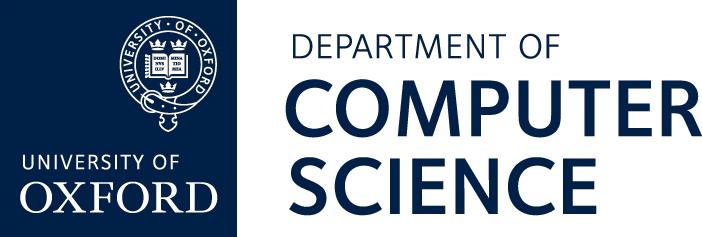In our first Little Book in the PETRAS series we explained the term Internet of Things (IoT) as follows:
“… the term [is used] to describe objects or things that can be interconnected via the Internet. This allows them to be readable, recognizable, locatable, addressable, and/or controllable by computers. The things themselves can be literally anything. Later in the book we use examples such as a kettle, a door lock, an electricity meter, a toy doll and a television but it’s important to remember that there is no limit on what is or is not an IoT thing. Anything that is connected to the Internet is arguably part of the IoT including us.”
In this book we focus on IoT products and services targeting the consumer market, in particular, those for use in our homes. These connected products are often referred to as ‘smart’ and our IoT-enabled homes are often called, ‘smart homes’. The promise of smart homes filled with connected products is frequently promoted as a way of making our lives easier and more convenient. For example, the Roomba robotic vacuum cleaner claims to allow you to “Forget about vacuuming for weeks at a time” and that it [the robot] is smart enough to know if your cat has tracked its litter through the house.
